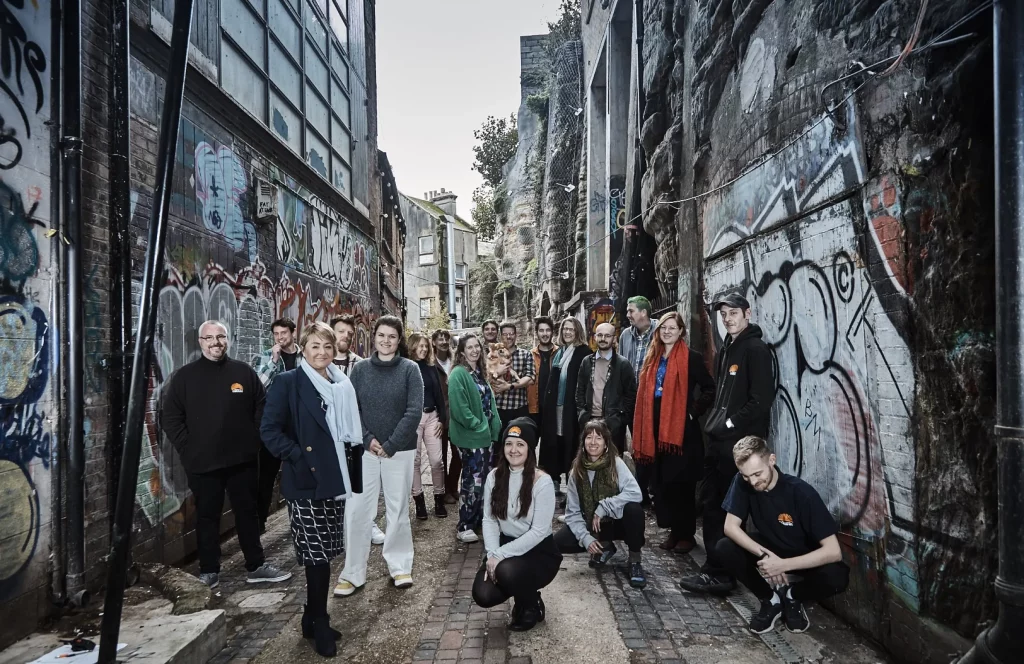A former bank building in the centre of São Paulo has been turned into affordable apartments for 84 low-income families. The building had been empty and derelict, like many in the city centre after businesses and banks moved out. Members of the ‘Unification of Tenement-Housing Struggles’ movement occupied the site and, with support from local Non-Governmental Organisation Integra and the federal savings bank, converted it into homes at about $7,100 each. Families lease the apartments for 15 years with monthly payments around $50, much lower than rents in overcrowded tenements. After the lease ends, they become full owners.
The project makes use of existing city infrastructure and helps reverse the abandonment of central areas while reducing the need for housing in environmentally sensitive zones on the outskirts. Apartments are small, 26–33m² but were carefully designed to provide natural light and ventilation. Residents took part in all stages of planning, design, and ongoing management through workshops and meetings. This participation strengthened the community and gave residents a sense of ownership and responsibility.
Financially, the scheme is sustainable because repayments are low and spread over 15 years, while the central location saves families money on transport and offers better access to jobs. Environmentally, it reuses a vacant structure, prevents city sprawl, and reduces energy use linked to commuting. Socially, the project improved health and living conditions, strengthened local networks, and empowered the housing movement to push for more central affordable housing.
This was the first project in Brazil’s national housing programme to turn a commercial building into housing. It has inspired similar regeneration efforts in São Paulo and other cities, showing that reusing abandoned central buildings can address housing shortages while revitalising urban areas.





